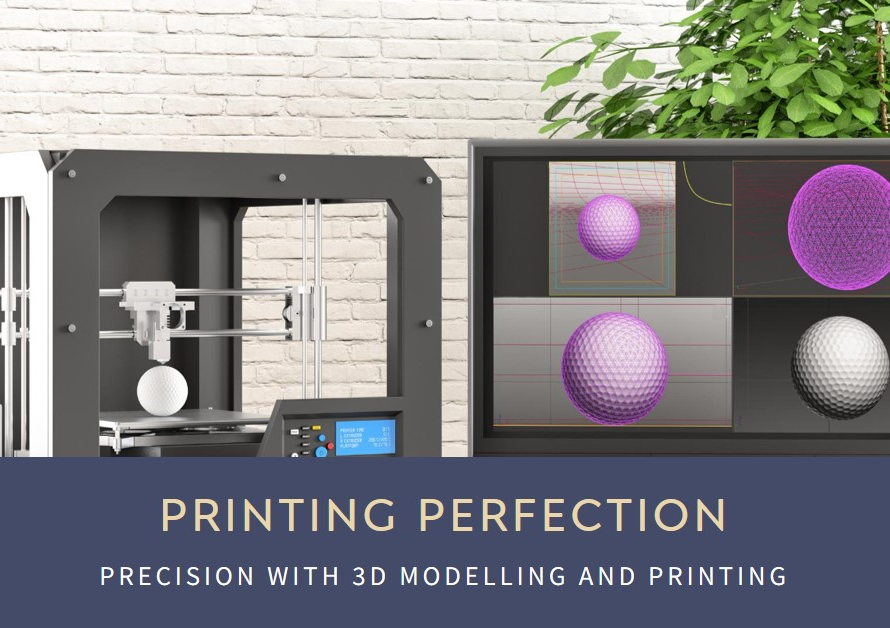
Table of Contents
Creating a functional and aesthetically pleasing floor plan is essential for any architectural or interior design project. It’s not just about the layout; it’s about how well the space flows and meets the needs of its occupants. In this comprehensive guide, we’ll delve into the key indicators that help you determine if your floor plan is good, ensuring that your spaces are not only beautiful but also highly functional and practical.
1. Clear Circulation Paths (Floor Plan)
One of the first signs of a good floor plan is clear and intuitive circulation paths throughout the space. Circulation refers to the flow of movement within a building, including pathways between rooms, entrances, and key functional areas. A well-designed floor plan minimizes dead-end spaces and ensures smooth transitions between different zones, optimizing the use of space and enhancing overall usability.
Effective circulation paths consider factors such as traffic flow, accessibility for all users, and the logical arrangement of spaces based on their functions. Entrances, corridors, and common areas should be wide enough to accommodate comfortable movement without feeling cramped. Analyzing your floor plan from a circulation perspective helps identify potential bottlenecks or areas that may require adjustments to improve overall flow and functionality.
2. Functional Zones and Proximity
A good floor plan organizes spaces into functional zones that cater to specific activities or purposes while maintaining appropriate proximity between related areas. For example, in residential designs, there should be clear delineation between public spaces like living rooms and dining areas and private zones such as bedrooms and bathrooms. Similarly, in office or commercial settings, work zones, meeting areas, and circulation paths should be strategically arranged for efficiency and productivity.
Consider the relationships between different zones and how they interact within the overall layout. Ensure that high-traffic areas are easily accessible and that there’s a logical progression from one area to another. Minimize unnecessary travel distances between frequently used spaces to enhance convenience and usability, creating a cohesive and functional environment that supports daily activities seamlessly.
3. Adequate Space Planning and Flexibility
Space planning is a critical aspect of floor plan design, involving the thoughtful allocation of space for various functions while maintaining balance and flexibility. Assess the adequacy of space for each room or area, considering factors such as furniture placement, circulation paths, and functional requirements. Avoid overcrowding spaces or leaving excessive empty areas that disrupt the flow and usability of the floor plan.
A good floor plan allows for flexibility and adaptability to accommodate changing needs or future modifications. Consider multipurpose spaces or adaptable layouts that can serve different functions based on user preferences or evolving lifestyle trends. Incorporate storage solutions and built-in furniture where appropriate to optimize space utilization without compromising on aesthetics or functionality.
4. Natural Light and Ventilation
The presence of natural light and ventilation is a hallmark of a well-designed floor plan, contributing to occupant comfort, energy efficiency, and overall well-being. Assess the placement and size of windows, doors, and openings to maximize natural light penetration and promote cross-ventilation throughout the space. Consider orientation and site context to leverage natural elements such as sunlight and prevailing breezes effectively.
Integrate outdoor views and connections to nature wherever possible, enhancing the visual appeal and psychological benefits of natural environments. Evaluate potential obstructions or shading elements that may hinder natural light access and explore design strategies such as skylights, light wells, or open-plan layouts to enhance daylighting and airflow within interiors. A balanced approach to natural light and ventilation not only enhances the quality of indoor environments but also reduces reliance on artificial lighting and mechanical HVAC systems.
5. Ergonomic Considerations and Accessibility
A good floor plan prioritizes ergonomic design principles and accessibility considerations to ensure spaces are comfortable, safe, and inclusive for all users. Evaluate the layout in terms of ergonomic furniture arrangements, counter heights, storage accessibility, and ease of movement for individuals of varying ages and abilities. Pay attention to clearances around furniture and fixtures to prevent overcrowding or obstruction of pathways.
Incorporate universal design concepts to make spaces accessible to people with disabilities or mobility challenges, including features such as wider doorways, grab bars in bathrooms, and ramp access where needed. Consider the needs of aging populations or individuals with temporary disabilities to future-proof your design and promote inclusivity. Collaborate with accessibility experts or consultants to ensure compliance with relevant codes and standards for accessible design.
6. Structural Integrity and Safety Measures
A good floor plan considers structural integrity and incorporates necessary safety measures to protect occupants and property. Work with structural engineers or architects to ensure that load-bearing walls, columns, and structural elements are appropriately positioned and reinforced according to building codes and regulations. Verify that emergency egress routes, fire exits, and safety equipment such as smoke detectors and fire extinguishers are strategically placed and easily accessible.
Evaluate the placement of electrical outlets, plumbing fixtures, and HVAC systems to optimize functionality and safety within the space. Incorporate adequate lighting in circulation areas, staircases, and outdoor pathways to enhance visibility and reduce potential hazards. Conduct a thorough review of safety protocols and evacuation procedures, communicating these guidelines clearly to occupants or users of the space for enhanced awareness and preparedness.
7. Technology Integration and Connectivity
Modern floor plans integrate technology seamlessly into the design, enhancing comfort, efficiency, and connectivity within spaces. Evaluate the placement of electrical outlets, data ports, and multimedia connections to support the use of electronic devices, entertainment systems, and smart home automation features. Consider integrating built-in charging stations, Wi-Fi routers, and home security systems into your floor plan layout for added convenience and functionality.
Explore opportunities for sustainable technology solutions such as energy-efficient lighting controls, smart thermostats, and renewable energy systems that align with your design goals for environmental responsibility. Design spaces to accommodate future technological advancements and upgrades, allowing for easy retrofitting or expansion of tech infrastructure as needed. Collaborate with technology specialists or consultants to leverage the latest innovations and ensure seamless integration within your floor plan design.
8. Aesthetic Harmony and Design Cohesion
A visually appealing floor plan is characterized by aesthetic harmony and design cohesion, where elements such as color schemes, materials, textures, and architectural features complement each other cohesively. Evaluate the overall aesthetic impact of your design, considering the visual balance between different spaces, finishes, and focal points within the floor plan. Ensure consistency in design language throughout the interior spaces, maintaining a unified theme or style that reflects the desired ambiance or branding.
Pay attention to transitions between materials, floor finishes, wall treatments, and ceiling designs to create seamless visual continuity and spatial flow. Incorporate design elements such as focal walls, statement lighting fixtures, or architectural details that add interest and personality to the space without overwhelming the overall composition. Seek feedback from design professionals or stakeholders to refine aesthetic choices and achieve a harmonious design outcome.
9. Environmental Sustainability and Energy Efficiency
An excellent floor plan integrates environmental sustainability and energy-efficient design strategies to minimize environmental impact and promote resource conservation. Evaluate the building envelope, insulation levels, and fenestration design to optimize thermal performance and reduce heating, cooling, and lighting loads. Incorporate passive design principles such as orientation, shading devices, and natural ventilation strategies to enhance indoor comfort levels while reducing reliance on mechanical systems.
Specify energy-efficient appliances, fixtures, and building materials that meet or exceed industry standards for sustainability and performance. Consider renewable energy options such as solar panels, geothermal heating/cooling systems, or rainwater harvesting systems to further reduce carbon footprint and utility costs over the building’s lifecycle. Collaborate with sustainability consultants or green building experts to achieve recognized certifications such as LEED, BREEAM, or Green Star for your floor plan design, showcasing your commitment to environmental stewardship.
10. User Feedback and Iterative Design


Finally, a good floor plan evolves through user feedback and iterative design processes that prioritize occupant satisfaction and usability. Engage stakeholders, clients, or end-users early in the design process to gather insights, preferences, and functional requirements that inform design decisions. Conduct usability testing or mock-ups to simulate user interactions within the space, identifying opportunities for improvement and fine-tuning layouts based on real-world usage scenarios.
Embrace a collaborative and iterative design approach that welcomes feedback loops and design refinements throughout the project lifecycle. Use visualization tools, virtual reality (VR), or interactive design platforms to engage stakeholders visually and experientially, fostering a deeper understanding of design concepts and facilitating informed decision-making. Continuously evaluate and adapt your floor plan based on user feedback, industry best practices, and emerging trends to ensure optimal performance, functionality, and user satisfaction in the built environment.
In conclusion, assessing the quality of a floor plan goes beyond aesthetics; it encompasses functionality, safety, sustainability, and user experience. By considering these key indicators and engaging in thorough analysis and collaborative design processes, you can create floor plans that not only look impressive on paper but also translate into exceptional built environments that meet the diverse needs and expectations of occupants, clients, and communities.


